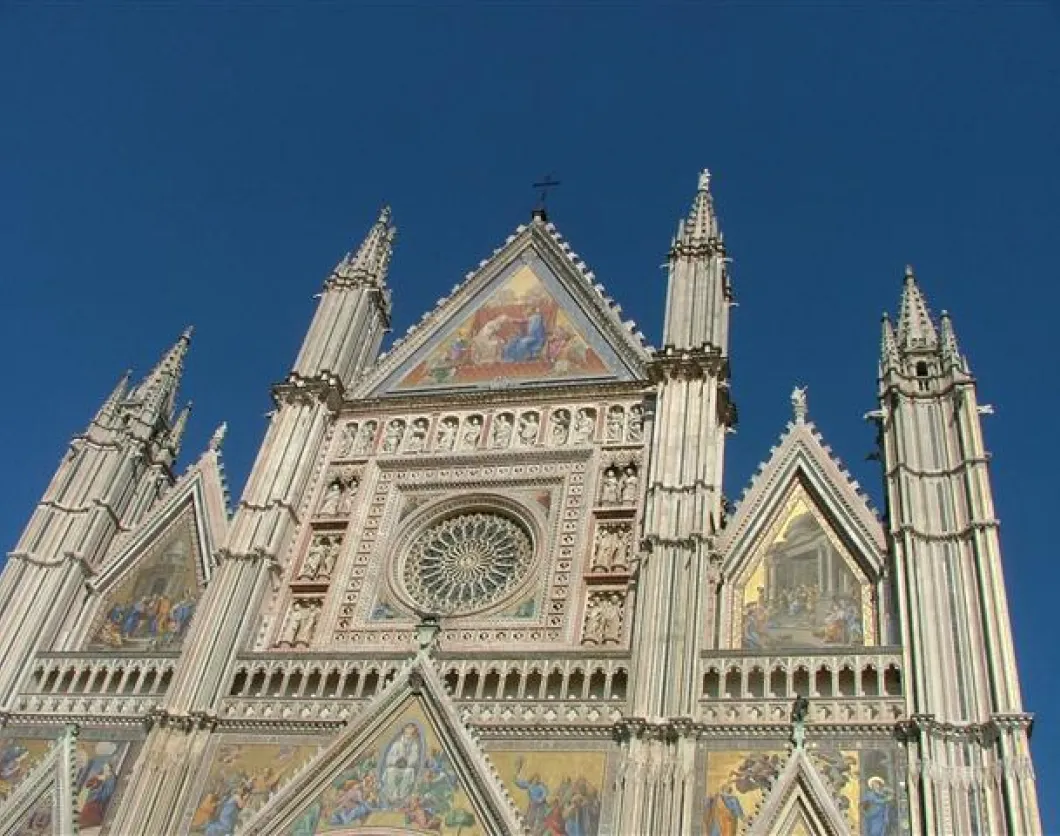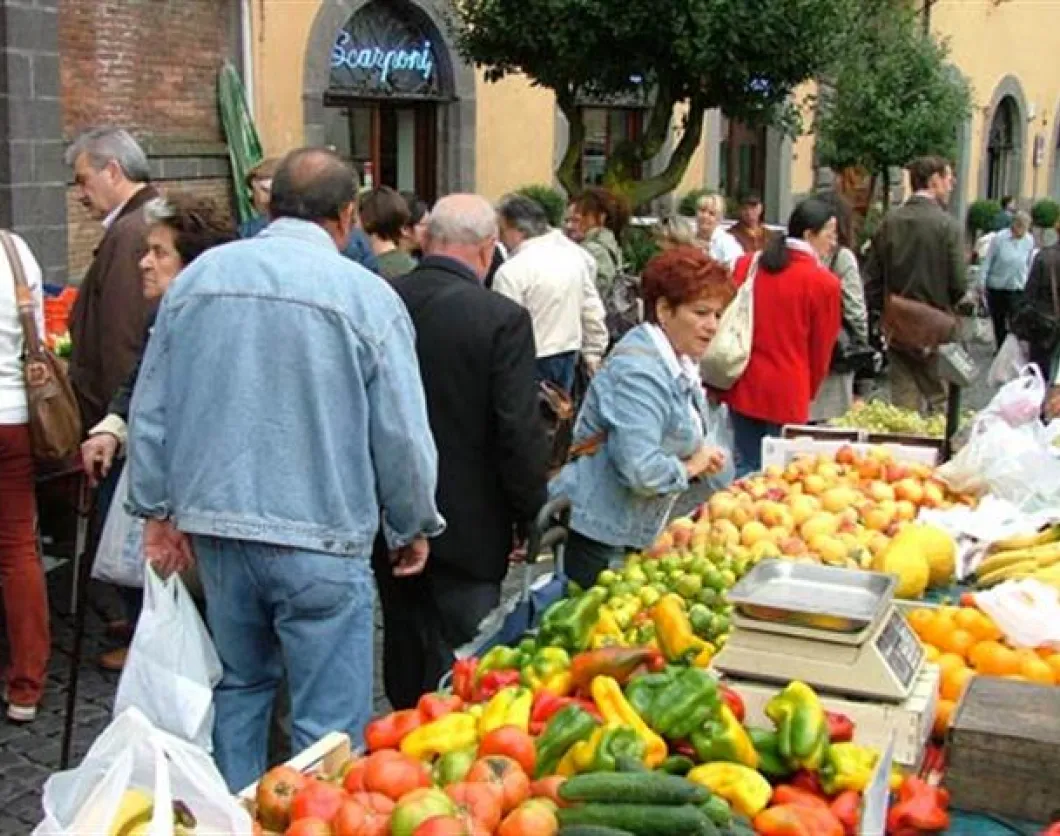Slow Travel, like the myriad of “slow” movements, is an outgrowth of the original slow movement – Slow Food. Slow Food was, of course, born in Italy in reaction to trends that tend to eliminate some of the traditional and proven ways that we enjoy and savor life. Orvieto, Italy is an interesting city presenting a snapshot of Slow Travel and not-so-slow-travel side by side.
Orvieto is in Umbria an hour north of Rome. A classic hilltop town with Etruscan roots, it is headquarters to the Slow Cities movement, which works with cities worldwide to promote slow living. One of Orvieto's most important community events is the week-long slow food festival called “Orvieto with Taste.”
The city boasts Italy's best Gothic cathedral. And herein lies the Slow Travel/not-so-slow-travel juxtaposition. Situated as it is an hour north of Rome, along the route connecting destination superstars Rome and Florence, Orvieto, with its cathedral, is a draw. But it is not such a draw as to be a super destination.
The result is that it is often a day trip from Rome, or a stop along the way for people traveling between Rome and Florence. Visitors arrive on the “rock” for a few hours, primarily to see the cathedral. They might also venture into some of the underground Etruscan caves riddling the rock, or visit one of the other guide book destinations such as St. Patrick's well. Some may walk up the main street to get to the cathedral rather than taking the bus, and therefore may wander off on some of the side streets.
The result is that, while Orvieto can be busy during the day, by evening most of the tourists are gone, and possession has been returned to the natives.
Go a little deeper and one finds Orvieto to be a wonderful city in which to spend a week, or even more. In a week-long stay one finds the difference between the experience of the Slow Traveler and his counterpart. What does a Slow Traveler see and experience that most visitors to Orvieto do not? And, by extension, what does any traveler experience anywhere s/he travels the Slow Travel way? S/he experiences:
- Getting into and understanding the rhythm of an Italian day. It starts in the bar for coffee, a leisurely lunch and quiet time, the reawakening of town in late afternoon, the gathering on the streets for the passeggiata, the emptying of the streets at 8 for dinner, and the unbelievable quiet of the night.
- The passeggiata, or several hour evening walk, that takes place every day. Staying longer, one begins to recognize people on the walk, observe three generations of a family arm-in-arm, note the courtships taking place, swim in the warm buzz of people conversing.
- Traveling to the far end of the rock away from the cathedral and discover a restaurant with a James Beard decorated chef.
- Beginning to appreciate the regional food which includes wild boar, local pasta called umbricelli, and a delectable olive oil that is one of the area's most important products.
- Learning about the sublime local wine, Orvieto Classico, that runs from sweet to dry and includes a dessert wine.
- Visiting the twice weekly market in which 60 percent of all goods must be local, the rest regional. Seeing the artichokes piled high in the spring, the pumpkins in the fall. Watching the interchange, the care with which food is selected, the camaraderie that exists. Perhaps recognizing some of the people seen during the passeggiata.
- Discovering the original statues that used to inhabit the cathedral including a stunningly executed ascension. These too are at the far end of the rock, and happen to be next door to a very local and excellent restaurant with a patio view out over the Umbrian countryside.
- Finding the “other” church built 500 years before the cathedral with its simple, supple frescoes.
- Enjoying the tranquil streets in the quiet morning before the tourists arrive. Or watching the sun set, reflecting off the gold facade of the cathedral.
- Wandering down an alley to find the roots of the lace making tradition that is a strong part of Orvieto's heritage.
This is what the Slow Traveler experiences in Orvieto, and something similar in other Italian towns – particularly those that are not the destination stars.
It is not to say that this is a better way of travel. It is simply a different way, with its own set of rewards. The experiences are more human in nature, have more of a day-to-day quality, might even be described as humble. Yet, these experiences are those of life, they are closer to our own experience at home, they provide us insights into our own existence. Ultimately they are warm, personal, and very memorable. It is not a bad reward!
By Kristi and Bill Steiner









